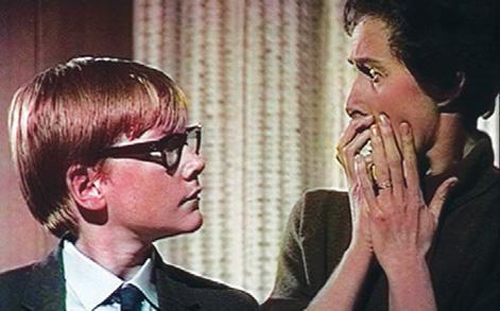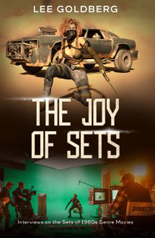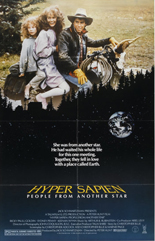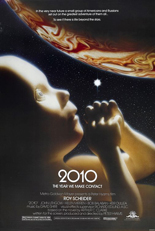
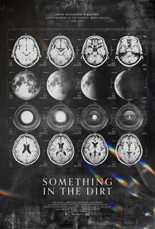 I get jealous when people talk about their “COVID project,” even if all they did was stream every episode of Columbo. I didn’t get to pursue a COVID project; I had to work, harder than normal, clocking around 97 hours the week that almost killed me.
I get jealous when people talk about their “COVID project,” even if all they did was stream every episode of Columbo. I didn’t get to pursue a COVID project; I had to work, harder than normal, clocking around 97 hours the week that almost killed me.
All this to say, with Something in the Dirt, the acclaimed filmmaking duo of Aaron Moorhead and Justin Benson (Synchronic) debut their COVID project, one necessitating them to step in front of the camera as well to star. It puts all other COVID projects to shame, so hopefully you didn’t get to do one, either.
Scrappy, down-on-his-luck bartender Levi (Benson) moves into a depressing dump of an apartment in Laurel Canyon. Fellow struggling tenant John (Moorhead), a wedding photographer mending a broken heart, notes Levi’s unit has been mysteriously vacant for a decade.

While moving some of John’s old furniture into Levi’s pad as loaners, the two witness a paranormal event: the levitation of an ungodly ugly ashtray. With both men in need of purpose, this is all they need to fling themselves into a full-fledged investigation — and documentation on video — of Levi’s closet as a potential gateway to an alien dimension.
Like the conspiracy chase of Darren Aronofsky’s Pi as an indie buddy comedy, Dirt follows the neighbors’ descent into a rabbit hole, the design of which may be partly their own. Without spoiling the movie’s pretzel-knotted twists, Moorhead and Benson inject a vial of meta into the mix — one that already includes autumnal equinox claptrap, X-Files paranoia, Big Brother surveillance and cosmic hoo-ha. No theory is so half-baked, it can’t be microwaved later.
Original and unpredictable, Something in the Dirt somehow is able to feel dangerous while also being dryly funny. It also feels improvised, even though you know Moorhead and Benson plan their pictures to a T, pandemic or no pandemic. I may not be 100% bought in to their conclusion, but it’s tough to complain when your mind is blown along the way. —Rod Lott



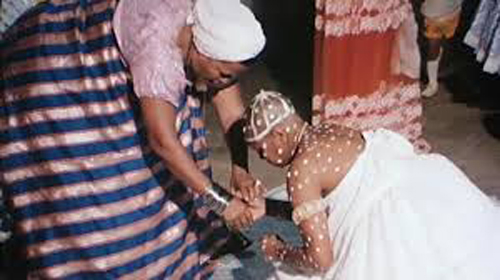

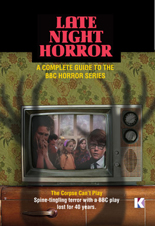 Lasting all of six episodes,
Lasting all of six episodes, 